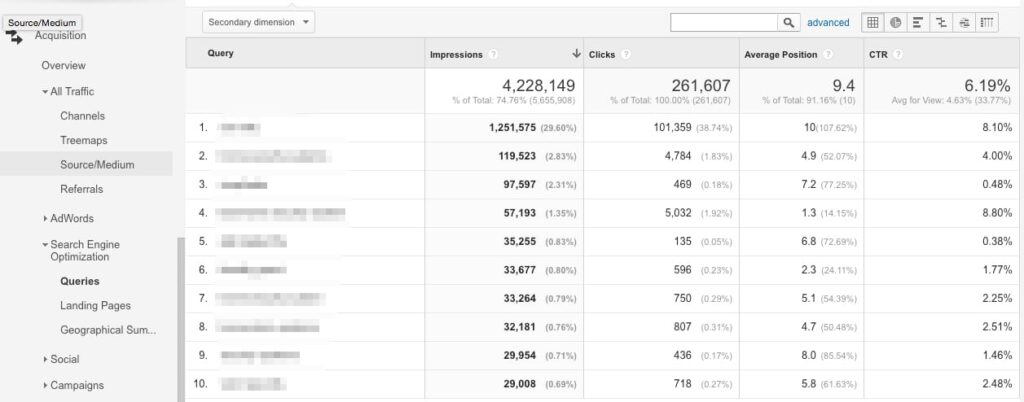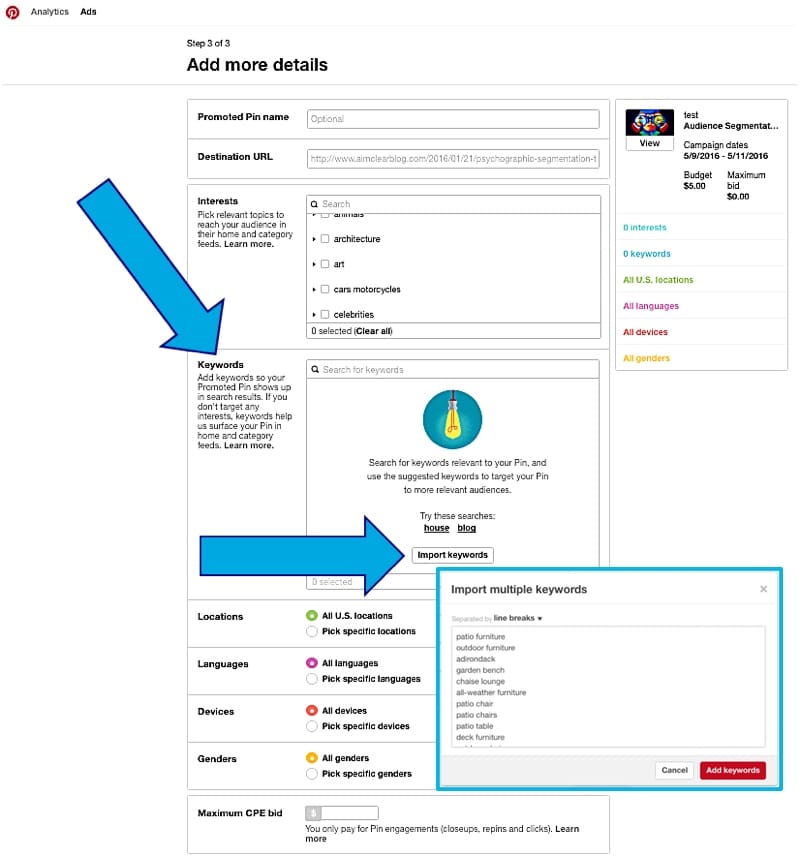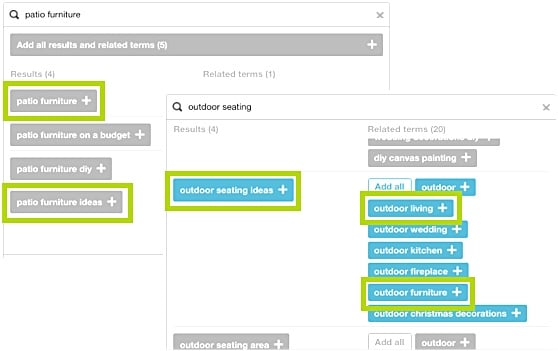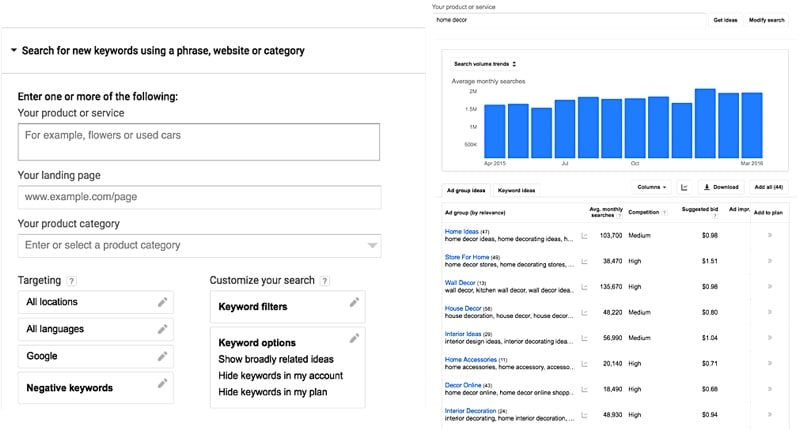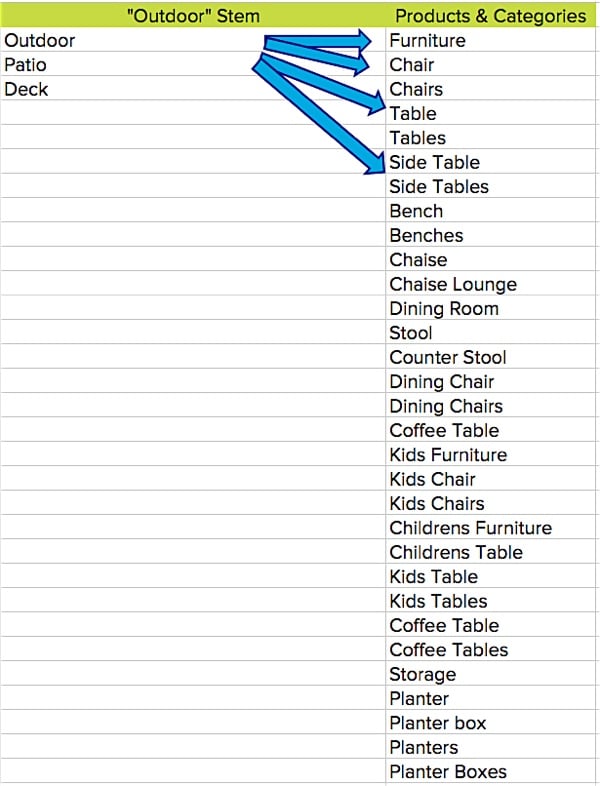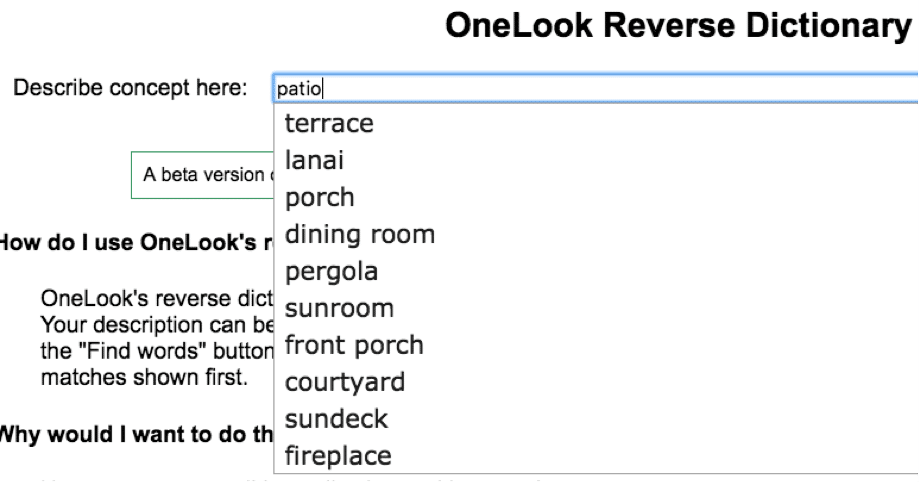Pinterest may not yet be the social advertising giant Facebook is but to some marketing circles, Pinterest is CAKE for getting in front of potential customers. Shopify reports 93 percent of pinners use Pinterest to plan purchases while 96 percent utilize it for product research. Clearly, Pinterest is a no-brainer (especially) for B2C marketers. In some cases, advertisers using Pinterest see lower CPAs and higher conversion rates than seen in Facebook or Twitter social advertising campaigns. While this is exciting news for social marketers, many social marketers find scaling Pinterest ad campaigns to be an issue.
To help combat the volume problem, Pinterest recently released a huge update to its interest targeting, adding more than 400 new options for advertisers. While more categories are a great improvement that provides advertisers some much-needed options, there is still much to be desired in terms of targeting.
One way to increase reach and specificity is to employ Pinterest’s keyword targeting in combination with interest targeting. Pinterest keyword targeting allows an advertiser’s promoted pin(s) to be shown to users in their feed (based on their interests), and when they are searching within Pinterest via queries. Social intent FTW!
Search Queries > Pinterest Keywords
One of the easiest ways to use keyword targeting is to take advantage of the queries that users are already searching for to find your product or service online. The quickest way to find these queries is to hop into Google Analytics and look at the queries driving the most traffic to your site or specific blog posts.
Within Analytics, look at queries under Acquisition > Search Engine Optimization > Queries, then sort impressions for words and phrases that drive the most traffic.
Next, log into Pinterest and set up the campaign for your promoted pin as normal. Below the interest-level targeting, you’ll see a section to add keyword targeting, one at a time or in bulk.
Roll with Pinterest!
Adding keywords via bulk import is quick and pretty painless, but savvy social marketers should consider adding them one by one for additional on-the-fly keyword discovery via Pinterest’s keyword suggestion. Not only does the AJAX drop down offer some pretty decent suggestions marketers may not have considered…
…but once you hit enter, the tool lists a slew of related (/semi-related) keyword suggestions.
BONUS
When advertisers get their feet wet with one campaign, other content ideas that lure consumers down the purchase funnel can become clear and smart social advertisers will split up these keyword concepts into separate campaigns (eg: transactional vs ideation). In this example, there are many keywords surrounding “seating ideas” and “layout” which can lead brands to create content users are already looking for.
The Good Ol’ Keyword Planner
Looking for other ways to build your keyword lists with phrases users search? Google also offers a great tool in AdWords: the Keyword Planner tool which allows users to discover keyword ideas and phrases in tandem with their estimated search volume. Use this tool to find other keyword combinations users query to discover your product/service across Google as a whole.
Brainstorming with Reverse Dictionaries
Throwback to old-school keyword research tactics and build out lists with reverse dictionaries and the trusty thesaurus. Most every PPC pro who’s been in the business for years will recognize this structure: Vertical Words + Products/Category.
Reverse Dictionaries like OneLook are excellent marketing tools to stem targeting keyword ideas. As we’re marketing outdoor furniture, we’ll explore concepts related to “outdoor,” “patio,” and “deck.” Simply entering a concept into the AJAX box of the reverse dictionary will result in verticals to riff on like terrace, lanai, porch, pergola, courtyard, and so on.
Dive in, and filter your search by “nouns” to find alternatives for “patio” etc.
BOOM! List expanded. It’s yuge!
If you’re a marketer already seeing success with Pinterest organically, or already using Pinterest ads, take your efforts to the next level by employing these data-driven keyword targeting tactics. By utilizing queries that are already driving traffic to the site organically, and riffing on variations you can make sure that if those same users are searching those queries within Pinterest, your brand will be there to meet them.

